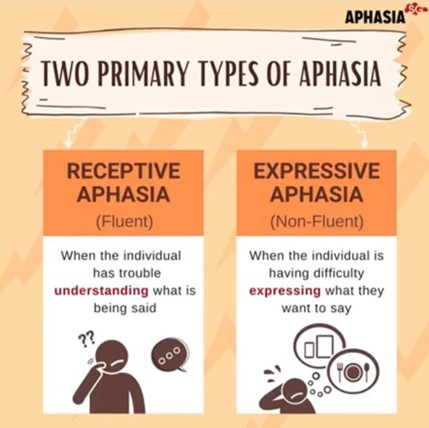A nurse is monitoring a client’s oxygen saturation using a pulse oximeter. The client’s oxygen saturation is 88% on 2 L/min of oxygen via nasal cannula.
Which of the following actions should the nurse take?
Reposition the sensor probe.
Apply a cooling blanket to the client.
Place the client in a side-lying position.
Ambulate the client.
The Correct Answer is A
The client’s oxygen saturation is 88% on 2 L/min of oxygen via nasal cannula, which is below the normal range of 95% to 100%.
This could indicate that the client is not receiving enough oxygen or that the pulse oximeter is not working properly.
The nurse should first check the sensor probe for any problems, such as poor attachment, nail polish, cold extremities, or motion artifact.
Repositioning the sensor probe may improve the accuracy of the reading and help the nurse determine the next course of action.
Choice B. Apply a cooling blanket to the client is wrong because a cooling blanket is used to lower the body temperature of a client with fever or hyperthermia.
It has no effect on the oxygen saturation level.
Choice C. Place the client in a side-lying position is wrong because a side-lying position may not improve the oxygenation of the client.
A more appropriate position would be a high Fowler’s position, which allows for maximum lung expansion and gas exchange.
Choice D. Ambulate the client is wrong because ambulating the client may worsen the oxygen saturation level if the client has a respiratory condition that causes hypoxemia.
The nurse should assess the client’s respiratory status and oxygen therapy before ambulating the client.
Nursing Test Bank
Naxlex Comprehensive Predictor Exams
Related Questions
Correct Answer is C
Explanation
The correct answer is choice C. “I will assist you in any way I can during this process.” This response shows sensitivity and respect for the client’s family and their cultural or religious beliefs. Postmortem care involves caring for a deceased patient’s body with dignity and in a manner that is consistent with the patient’s and family’s wishes.The nurse should offer to assist the family in performing the postmortem care if they request to do so.
Choice A is wrong because the family does not need to sign a release form to perform the postmortem care themselves.
There is no legal requirement for this.
Choice B is wrong because a licensed health care worker does not have to perform postmortem care.
The family can perform the care themselves if they wish, with or without the assistance of a health care worker.
Choice D is wrong because postmortem care takes place before the client leaves the facility, not after.
Postmortem care should be provided as soon as possible to prevent tissue damage or disfigurement.
Correct Answer is B
Explanation

This type of aphasia is caused by damage to the frontal lobe of the brain, which affects the ability to produce language.
People with expressive aphasia can understand speech and know what they want to say, but they have difficulty saying words or forming sentences.
They may speak in short phrases that require a lot of effort.
Choice A is wrong because receptive aphasia is a type of fluent aphasia that affects the ability to comprehend language.
People with receptive aphasia have difficulty understanding speech and may produce meaningless words or sentences.
Choice C is wrong because global aphasia is the most severe type of aphasia that affects both the production and comprehension of language.
People with global aphasia cannot speak many words and do not understand speech.
They also cannot read or write.
Choice D is wrong because sensory aphasia is not a common term for a type of aphasia.
It may refer to Wernicke’s aphasia, which is another type of fluent aphasia that affects the ability to produce meaningful language.
People with Wernicke’s aphasia can speak fluently but often use incorrect or invented words or phrases.
Whether you are a student looking to ace your exams or a practicing nurse seeking to enhance your expertise , our nursing education contents will empower you with the confidence and competence to make a difference in the lives of patients and become a respected leader in the healthcare field.
Visit Naxlex, invest in your future and unlock endless possibilities with our unparalleled nursing education contents today
Report Wrong Answer on the Current Question
Do you disagree with the answer? If yes, what is your expected answer? Explain.
Kindly be descriptive with the issue you are facing.
